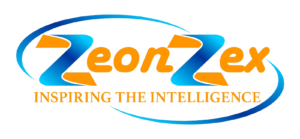
Client Communication and Project Management
Client communication and project management are two crucial elements of a successful business. Whether you work for a large corporation or as a freelancer, your ability to manage projects and communicate with clients will determine whether you meet deadlines, produce high-quality work, and build lasting relationships. In this blog, we’ll go over the fundamental concepts and methods for project management and client communication.
Effective project management starts with a clearly defined project initiation. Before beginning any project, its objectives, deliverables, and scope must all be well-defined. Establish clear project objectives, budgets, and timelines in close coordination with your client. Consider using project management tools and templates to share and document this information so that both you and your customer are on the same page from the start.
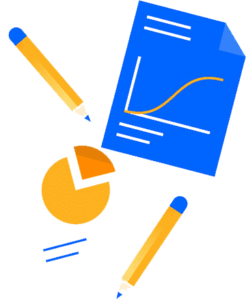
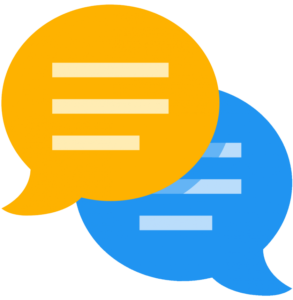
Every project needs effective communication to be successful. Maintain open, sincere, and transparent lines of communication with your client at all times during the project. Provide status updates, progress reports, and a discussion of any issues or roadblocks that may arise. Encourage your customer to share their thoughts, critiques, and concerns. Project management software, email, and video conferencing are a few examples of tools that might facilitate these conversations.
Unrealized expectations are a frequent source of project-related issues. To avoid this, clearly communicate to your customer your expectations regarding project milestones, schedules, and deliverables. Put these specifications in paper by creating a formal project scope document or contract. Review and update this documentation often to reflect new requirements as the project progresses.


An efficient project management approach requires a well-defined assignment of responsibilities and duties. Make it apparent who is responsible for what tasks and goods. In addition to preventing work waste, this ensures that each member of the team and the client is aware of their specific responsibilities. Resources like duty assignment matrices (RACI charts) might be quite useful for this.
There are numerous tools and software alternatives available to help you improve the efficiency of your project management process. These technologies can help with progress tracking, team and client collaboration, and efficient work organization. Asana, Trello, Basecamp, and Microsoft Project are a few of the popular options. Choose the instrument that best satisfies your client’s and your own needs.


In a project, nothing ever goes precisely as expected. Prepare to adjust your project strategy as necessary to take into consideration unforeseen challenges or situational changes. Regularly review and adjust the project’s goals, timetable, and resources. By providing your customer with access to these updates, you can work together to address any potential future issues.
Every project has some level of risk. It is crucial to identify risks early, evaluate their effects, and create backup strategies. Allow your client to view your risk assessment and mitigation strategies so they can understand the possible roadblocks to the project and your plan to get past them.
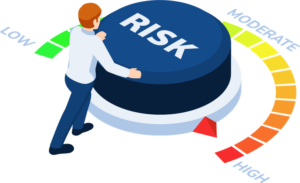

Make sure you test and review your work properly before sending it to your client. Quality assurance procedures can help ensure that the final products meet or exceed expectations. Notify the client of any issues that might arise at this stage, along with the protocols for testing and reviewing.
Ask your clientele for their opinions at various stages of the process. Remember their advise and make the necessary revisions to your work to meet their evolving needs. This iterative procedure may result in a more satisfied client and a successful project.
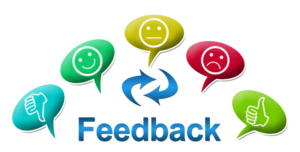
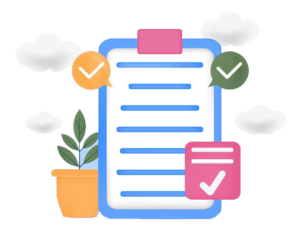
Conduct a thorough post-completion evaluation of the project to identify its strengths and areas for improvement. Discuss the project’s successes and challenges with your client to gain insight that will be useful for future initiatives.
Communication with customers and project management are two abilities that need ongoing education. By following these suggested practices and maintaining open and honest communication with your clients, you can ensure the successful completion of projects and build long-lasting relationships with them. Remember that each project is a unique trip and that the success of that journey depends on your ability to be flexible, communicate effectively, and organize your work meticulously.

